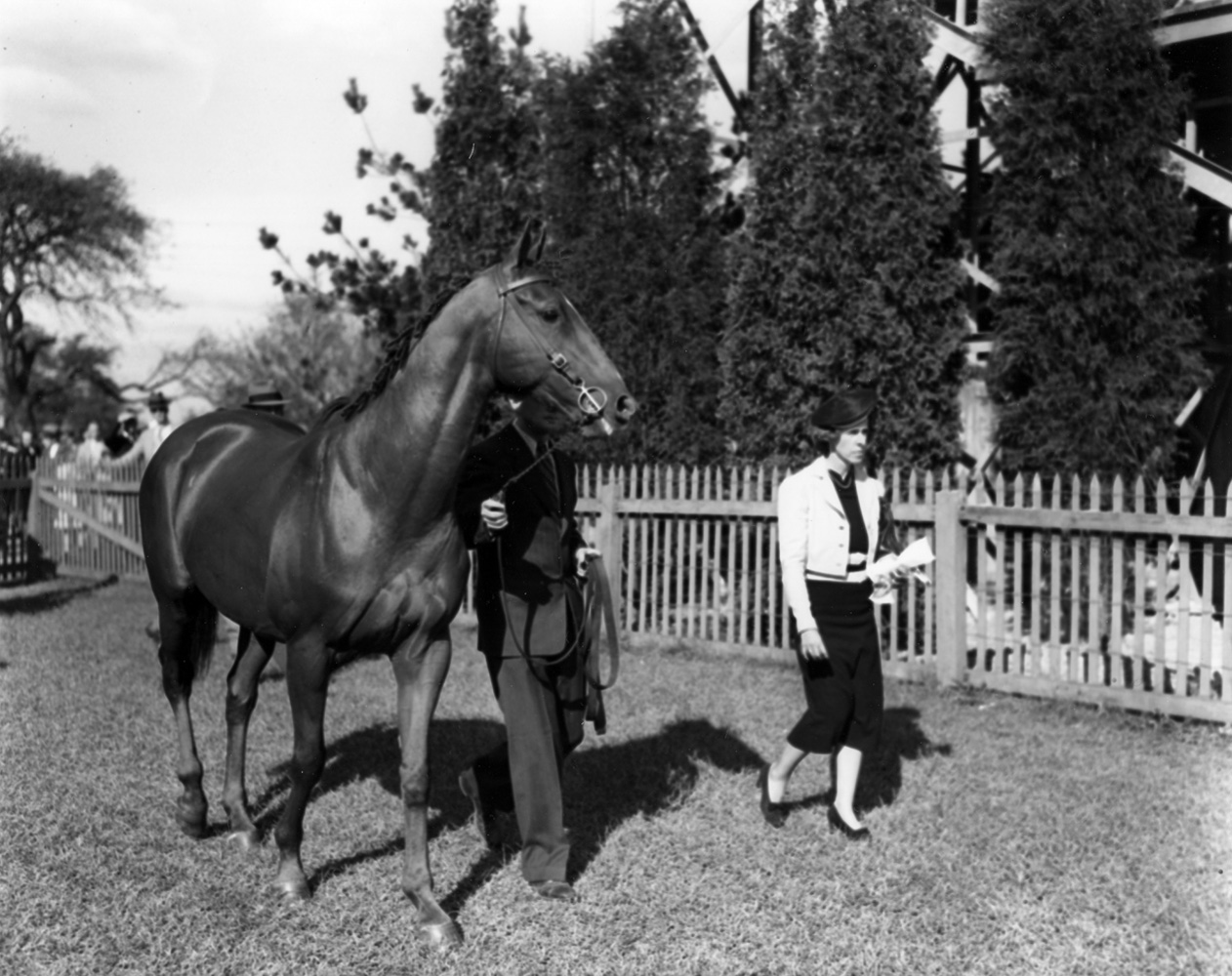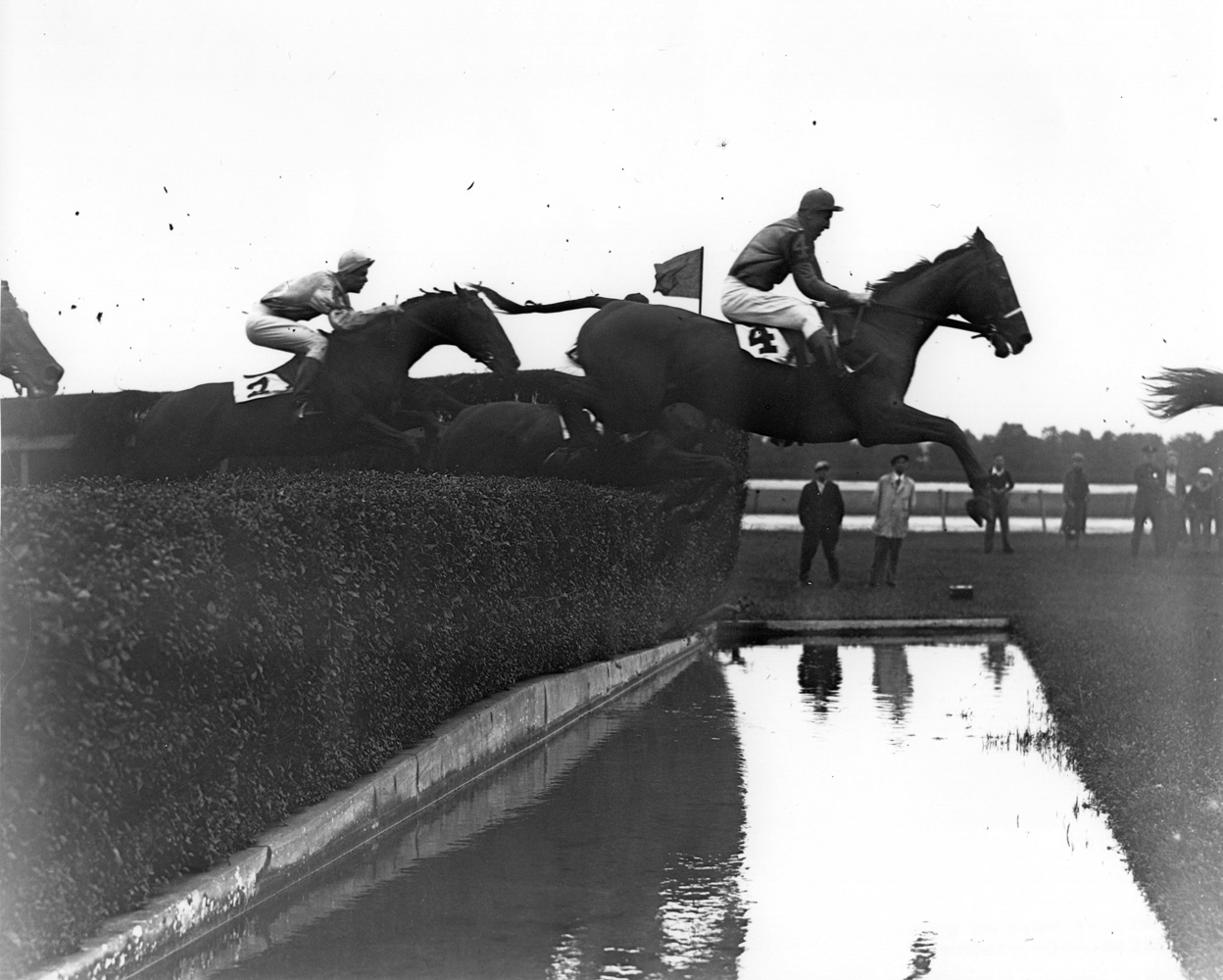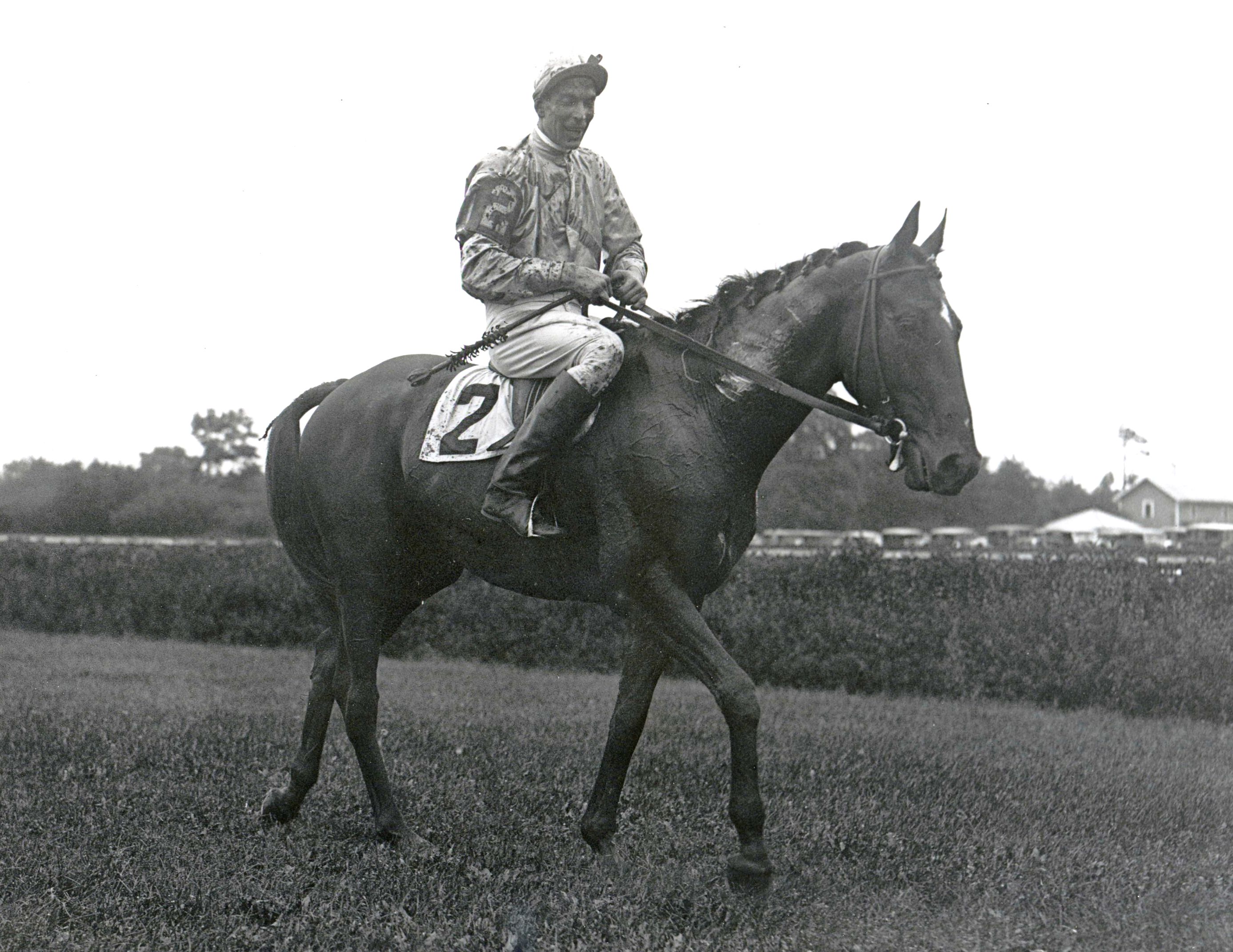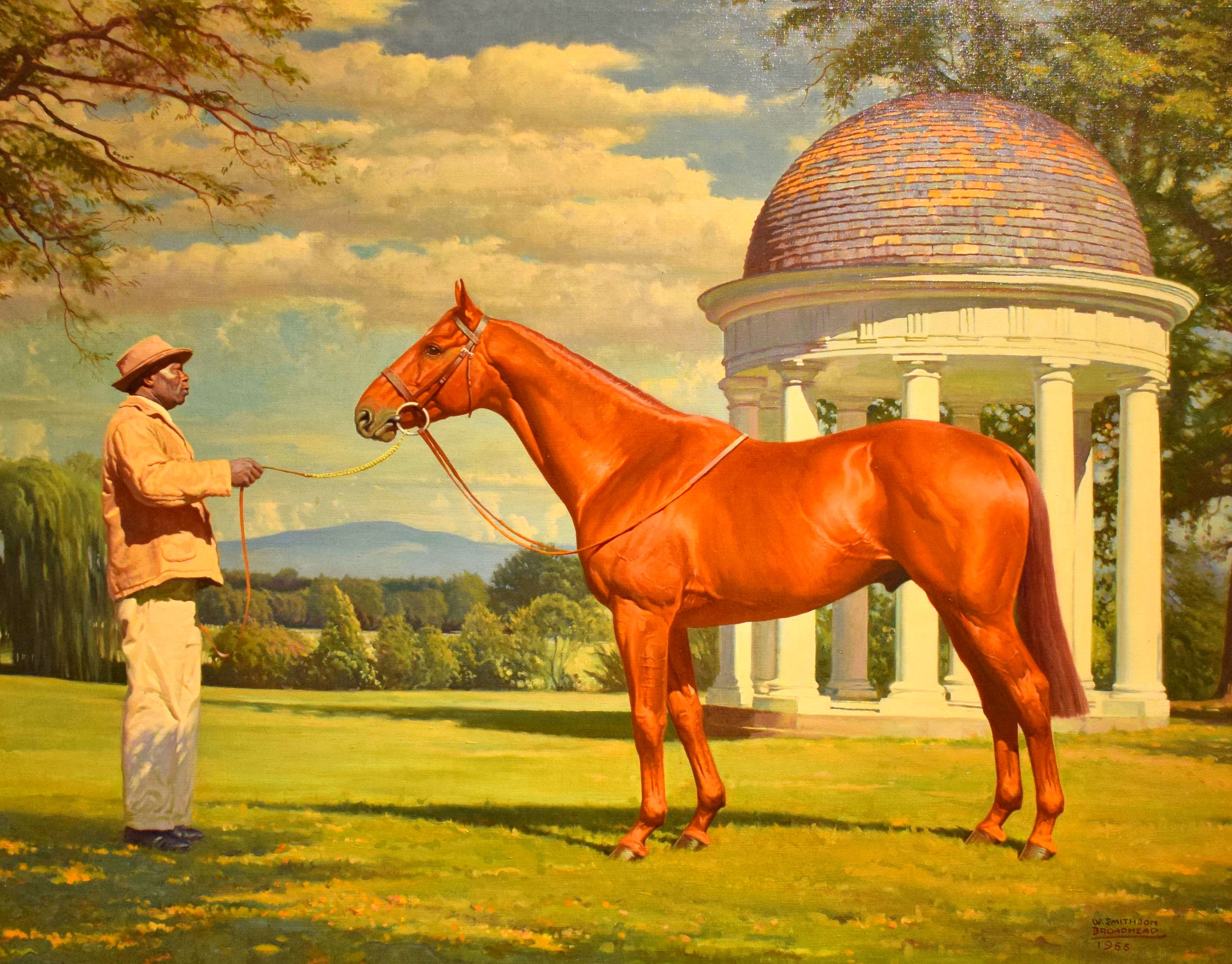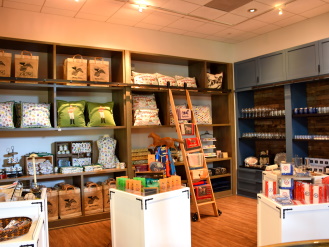Battleship (KY)
Battleship was the first winner of the English Grand National owned and bred by an American.
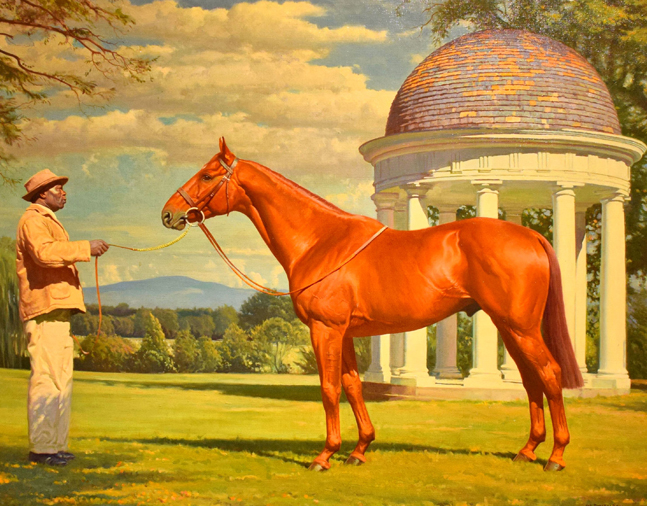
1969
1927
Man o' War
Quarantaine
Sea Sick
Walter J. Salmon
Walter J. Salmon, Marion du Pont Scott
Jack Pryce, S. L. Burch, Reginald Hobbs
1929-1938
$71,641
Racing Record
55
Starts
| 1929 | 2 | 1 | 0 | 0 | $650 $650 |
| 1930 | 8 | 3 | 2 | 0 | $5780 $5,780 |
| 1931 | 12 | 6 | 0 | 3 | $11950 $11,950 |
| 1933 | 4 | 3 | 0 | 0 | $2150 $2,150 |
| 1934 | 6 | 4 | 1 | 0 | $8600 $8,600 |
| 1936 | 5 | 1 | 1 | 0 | $808 $808 |
| 1937 | 13 | 5 | 2 | 0 | $4553 $4,553 |
| 1938 | 5 | 1 | 0 | 1 | $37150 $37,150 |
Biography
Battleship was the first winner of the English Grand National owned and bred by an American.
Foaled in 1927 at Walter J. Salmon’s Mereworth Farm in Kentucky, Battleship was a son of Man o’ War out of the Sea Sick mare Quarantaine. A 15.2-hand chestnut, Battleship won 10 of 22 starts as a flat racer from 1929 through 1931, including a pair of stakes races, while running for Salmon. After being purchased for $12,000 by Marion du Pont Scott, Battleship was converted to a steeplechaser.
In his first year over jumps, Battleship won three of four races in 1933, including the Billy Barton Steeplechase at Pimlico. In 1934, Battleship won four of six races, capping a fine season with a victory over Arc Light in the American Grand National at Belmont Park.
Battleship was sent to England to train under Reginald Hobbs in 1936. He won five races in England during 1937 and was second twice. Hobbs nominated Battleship to the 1937 Grand National at Aintree, but he later withdrew him because he believed the weight assignment of 154 pounds was excessive at the time.
In 1938, Battleship was assigned 160 pounds for the Grand National. Although he had won only one of his past nine starts and the weight assignment was considerable, du Pont Scott decided to run Battleship, who was the only stallion in the 35-horse field. It had been 25 years since a stallion had won the race. Battleship was 40-1 in the odds. Some bookmakers were offering as much as 100-1 on him.
Seventeen-year-old Bruce Hobbs, the trainer’s son, was Battleship’s jockey for the race. At 6-foot-3, Hobbs’ size made Battleship appear even more diminutive, leading the horse to be referred to as “The American Pony.” Battleship, however, delivered a remarkable performance, getting up in the final stride to defeat Ireland’s Royal Danieli. Hobbs became the youngest rider to win the Grand National and Battleship the first horse bred and owned by an American to win the prestigious event.
The April 1, 1938, edition of the Middleburg Chronicle stated: “As a birthday present to his great sire Man o’ War, who was twenty-one last Tuesday, Battleship, eleven, one of Man o’ War’s oldest sons, made off with the 101st renewal of the Aintree Grand National Steeplechase. In doing this, Battleship, a hunter qualified in the Virginia hunt country by Noel Laing, shocked 250,000 noble Britons who surrounded the 4½-mile course over thirty fences.”
Following the Grand National, Battleship retired to du Pont Scott’s Montpelier estate in Virginia. He concluded his career with a record of 24-6-4 from 55 starts and earnings of $71,641. Battleship sired War Battle, the top steeplechaser of 1947; Shipboard, the top steeplechaser of 1956; and stakes winners Floating Isle, Tide Rips, Navigate, Navy Gun, and Sea Legs.
Battleship died in 1958 at the age of 31 and was buried at Montpelier.
Media
